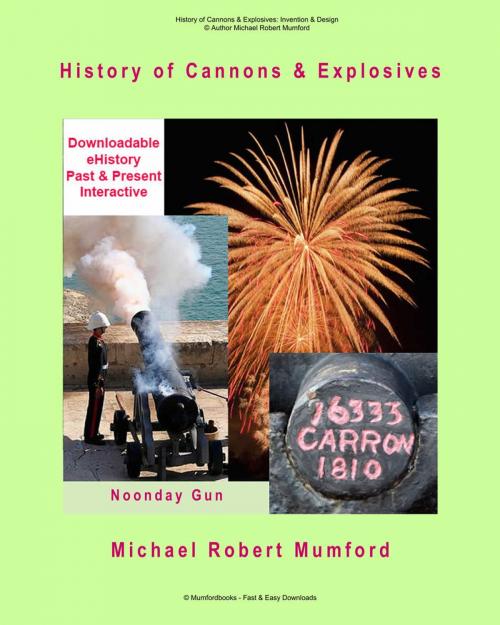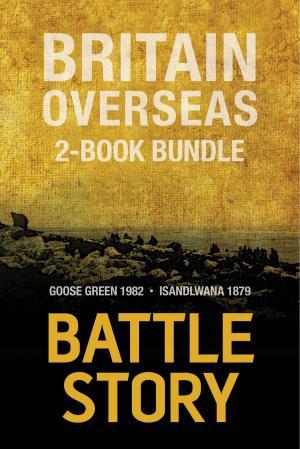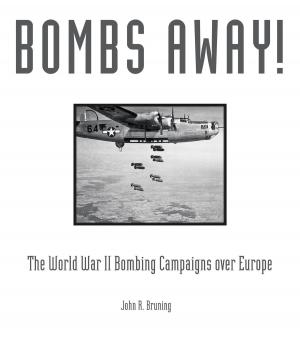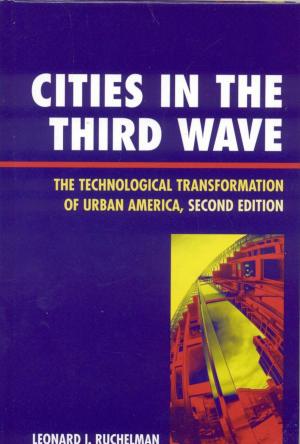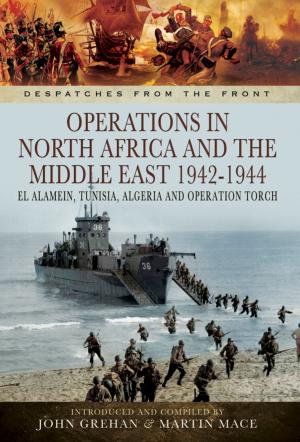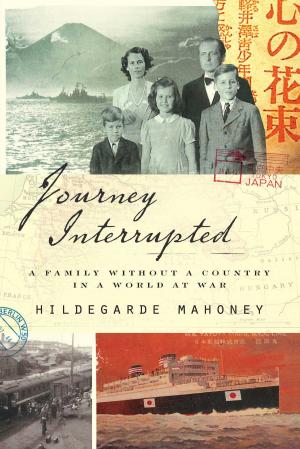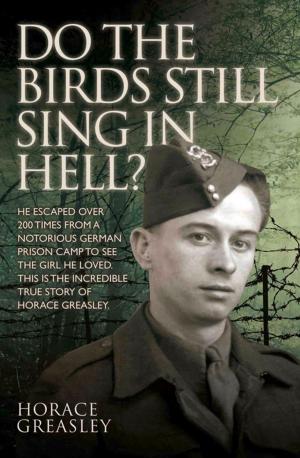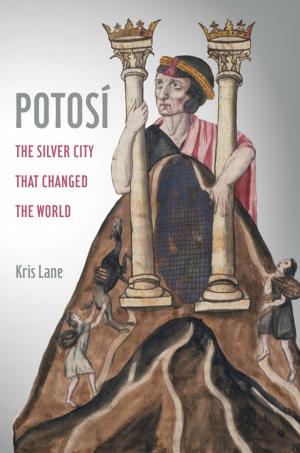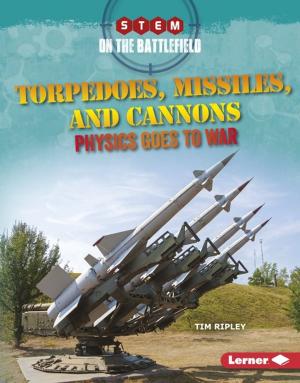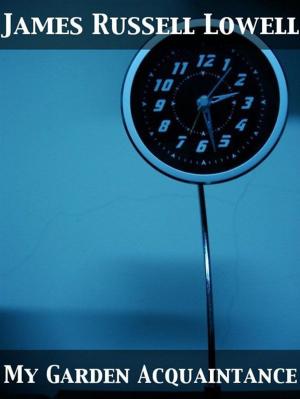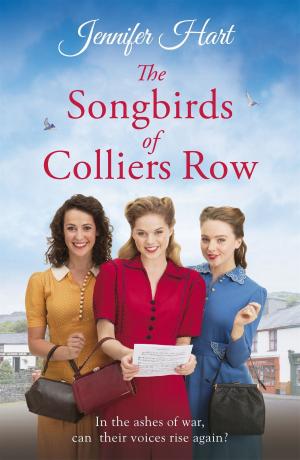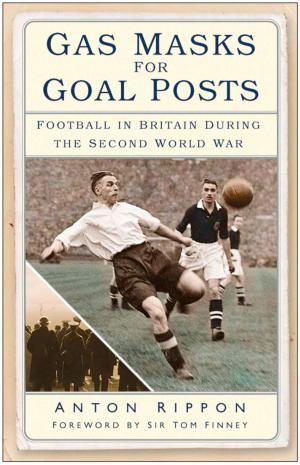Cannon and Explosives ePub eBook : Links to eHistory from around the World
Nonfiction, History, World History| Author: | Mr Michael Robert Mumford | ISBN: | 9781912376360 |
| Publisher: | Mr Michael Robert Mumford | Publication: | February 28, 2018 |
| Imprint: | MUMFORDBOOKS-GUIDES | Language: | English |
| Author: | Mr Michael Robert Mumford |
| ISBN: | 9781912376360 |
| Publisher: | Mr Michael Robert Mumford |
| Publication: | February 28, 2018 |
| Imprint: | MUMFORDBOOKS-GUIDES |
| Language: | English |
Cannon & Explosives Paperback
Links to History from around the World
Over 400 thumbnail images and 104 full pages
hyperlinked interactive PDF Educational
Visual Index 1.1 eHistory GB Series
ISBN 9781912376360
1.3 Cannon & Explosives Introduction
2.8 Gun and Cannon Design C14th to C19th
3.7 Early Training Ships & Royal Navy Schools
4.13 Manufacturing Bronze & Iron Techniques from both North and South Wales, Iron Bridge Telford and Carron Iron Works Stirlingshire, Scotland 5.17 Old and New World Wars, Countries and States still using old horse-power, early samples of new technologies being used for the first time like: Photography, Telegraph, Newspaper and Medical treatments and Ambulances 6.4 Land and Naval Cannon, Fortifications of Forts, many finds Worldwide in Europe and America. 7.10 La Belle the Restoration and Preservation, Ship Wrecks Navigation and Time calibration using Noonday Guns 8.18 Gun & Cannon used in the American Civil War 9.9 Safe Manufacture and Testing of Explosives for Industry. Personal Safety, it is illegal to manufacture explosives without a license
10.10 Additional Information, Web Links, Adverts & Downloads
Over 400 thumbnail images, 104 pages fully interactive
Visual Index 1.1 eHistory GB Series PDF Educational Pages
Published by MumfordBooks-Guides.com
GB Carron Iron Works Stirlingshire, from Cannons to Post Office Pillar Boxes
Hand Cannon and grenade from the 10th Century Dunhuang. This is the earliest depiction of an explosive fire in China. Right, C14th Casting of Cannon, Bombarda Mortar.
The Loshult cannon was found in Loshult, Skåne, Sweden, and is now in the Statens Historiska Museum. This is cast from bronze and weighs 9.07 kg and has a muzzle calibre of 36 mm and an overall length of 300 mm.
Early cannons are cast from a variety of metals and were probably made in bell foundries. From the mid 14th Century cannon were made up of a cylindrical wooden core, alongside which longitudinal wrought iron strips were placed, and hammered over this were heated metal hoops. The whole cannon was then heated to burn out the core and fuse the wrought iron together. The performance of the Tannenberg Gun with 4.5 g of 4 of 8 powder behind a patched 16.8 mm round ball, and the performance of the Danziger gun with 3.0 g powder and a patched 11.8 mm round ball. The bullets were fired from a distance of two meters. The dents in the steel plates are witnessing tests with more moderate loads. Certainly, medieval personal armour was made from hardened steel. But due to its weight, it was hardly possible to wear two-millimetre armour. As I could prove, it is easily possible to pierce steel of considerable thickness with my primitive, homemade black powder. The Tannenberg gun with fully loaded chamber (4.5 g powder) = 2.0 mm steel. The little Danziger gun with fully loaded chamber (3.0 g powder)..... = 1.5 mm steel. The advance of firearms, beginning with the hand gun, changed warfare at the end of the 14th century entirely.
The iron guns were loaded in a different way to the bronze guns.
They had a breech chamber that was taken out to be filled with gunpowder. The picture below shows the chamber and the wedge used to hold it in place lying next to the gun.
The ship was equipped with two different types of light guns. The majority of these were swivel guns, mounted on stirrups cut into the rails on the castle and upper decks. They had a tail-like tiller which enabled them to be trained and elevated by the gunner. They were of wrought iron construction and had a bore of between 46 and 65mm. C16th Naval and Land Forts using composite Iron, Steel Cannon and Bronze Muzzle-loading Lantaka.
Cannon & Explosives Paperback
Links to History from around the World
Over 400 thumbnail images and 104 full pages
hyperlinked interactive PDF Educational
Visual Index 1.1 eHistory GB Series
ISBN 9781912376360
1.3 Cannon & Explosives Introduction
2.8 Gun and Cannon Design C14th to C19th
3.7 Early Training Ships & Royal Navy Schools
4.13 Manufacturing Bronze & Iron Techniques from both North and South Wales, Iron Bridge Telford and Carron Iron Works Stirlingshire, Scotland 5.17 Old and New World Wars, Countries and States still using old horse-power, early samples of new technologies being used for the first time like: Photography, Telegraph, Newspaper and Medical treatments and Ambulances 6.4 Land and Naval Cannon, Fortifications of Forts, many finds Worldwide in Europe and America. 7.10 La Belle the Restoration and Preservation, Ship Wrecks Navigation and Time calibration using Noonday Guns 8.18 Gun & Cannon used in the American Civil War 9.9 Safe Manufacture and Testing of Explosives for Industry. Personal Safety, it is illegal to manufacture explosives without a license
10.10 Additional Information, Web Links, Adverts & Downloads
Over 400 thumbnail images, 104 pages fully interactive
Visual Index 1.1 eHistory GB Series PDF Educational Pages
Published by MumfordBooks-Guides.com
GB Carron Iron Works Stirlingshire, from Cannons to Post Office Pillar Boxes
Hand Cannon and grenade from the 10th Century Dunhuang. This is the earliest depiction of an explosive fire in China. Right, C14th Casting of Cannon, Bombarda Mortar.
The Loshult cannon was found in Loshult, Skåne, Sweden, and is now in the Statens Historiska Museum. This is cast from bronze and weighs 9.07 kg and has a muzzle calibre of 36 mm and an overall length of 300 mm.
Early cannons are cast from a variety of metals and were probably made in bell foundries. From the mid 14th Century cannon were made up of a cylindrical wooden core, alongside which longitudinal wrought iron strips were placed, and hammered over this were heated metal hoops. The whole cannon was then heated to burn out the core and fuse the wrought iron together. The performance of the Tannenberg Gun with 4.5 g of 4 of 8 powder behind a patched 16.8 mm round ball, and the performance of the Danziger gun with 3.0 g powder and a patched 11.8 mm round ball. The bullets were fired from a distance of two meters. The dents in the steel plates are witnessing tests with more moderate loads. Certainly, medieval personal armour was made from hardened steel. But due to its weight, it was hardly possible to wear two-millimetre armour. As I could prove, it is easily possible to pierce steel of considerable thickness with my primitive, homemade black powder. The Tannenberg gun with fully loaded chamber (4.5 g powder) = 2.0 mm steel. The little Danziger gun with fully loaded chamber (3.0 g powder)..... = 1.5 mm steel. The advance of firearms, beginning with the hand gun, changed warfare at the end of the 14th century entirely.
The iron guns were loaded in a different way to the bronze guns.
They had a breech chamber that was taken out to be filled with gunpowder. The picture below shows the chamber and the wedge used to hold it in place lying next to the gun.
The ship was equipped with two different types of light guns. The majority of these were swivel guns, mounted on stirrups cut into the rails on the castle and upper decks. They had a tail-like tiller which enabled them to be trained and elevated by the gunner. They were of wrought iron construction and had a bore of between 46 and 65mm. C16th Naval and Land Forts using composite Iron, Steel Cannon and Bronze Muzzle-loading Lantaka.
